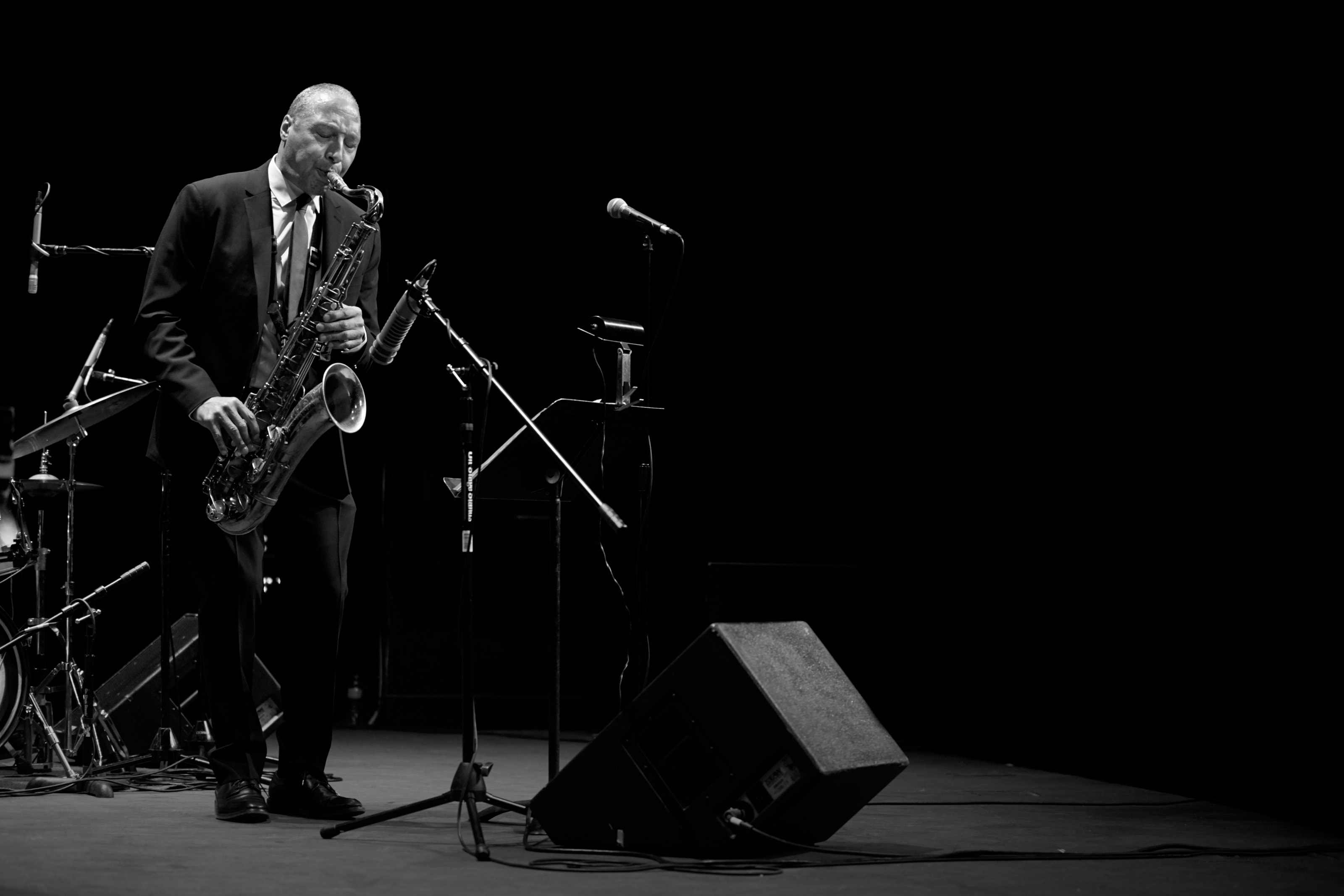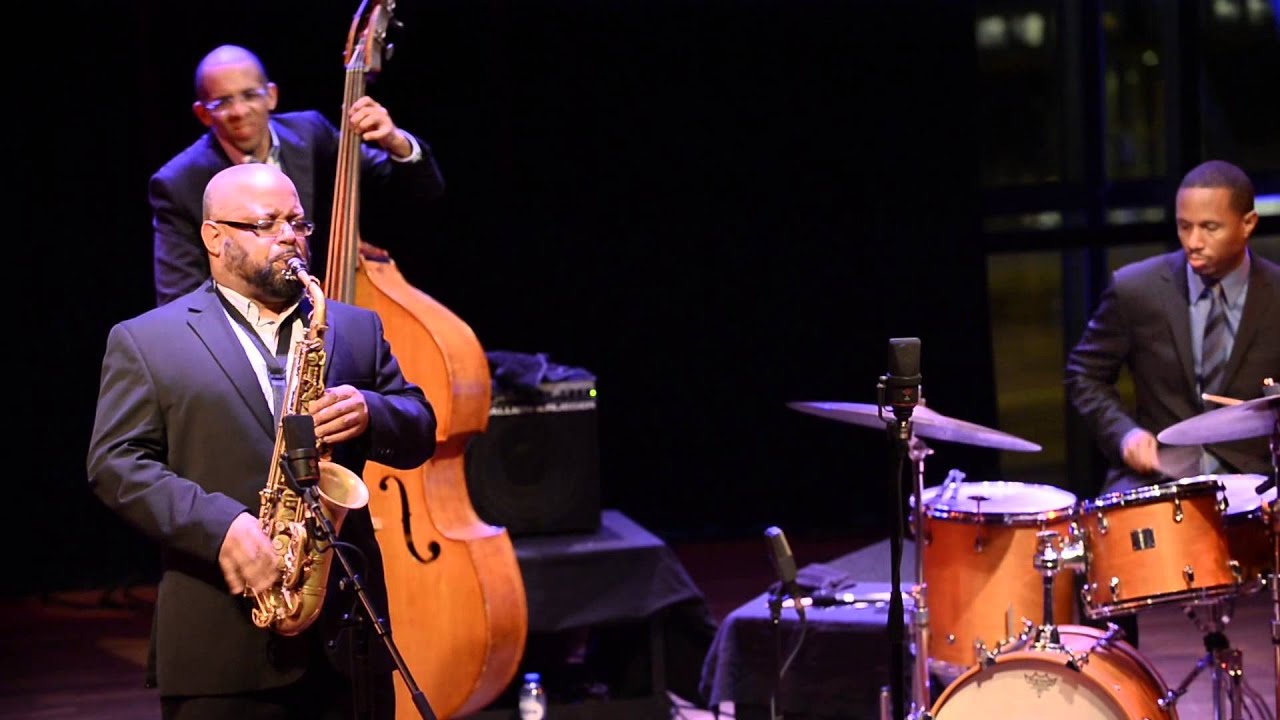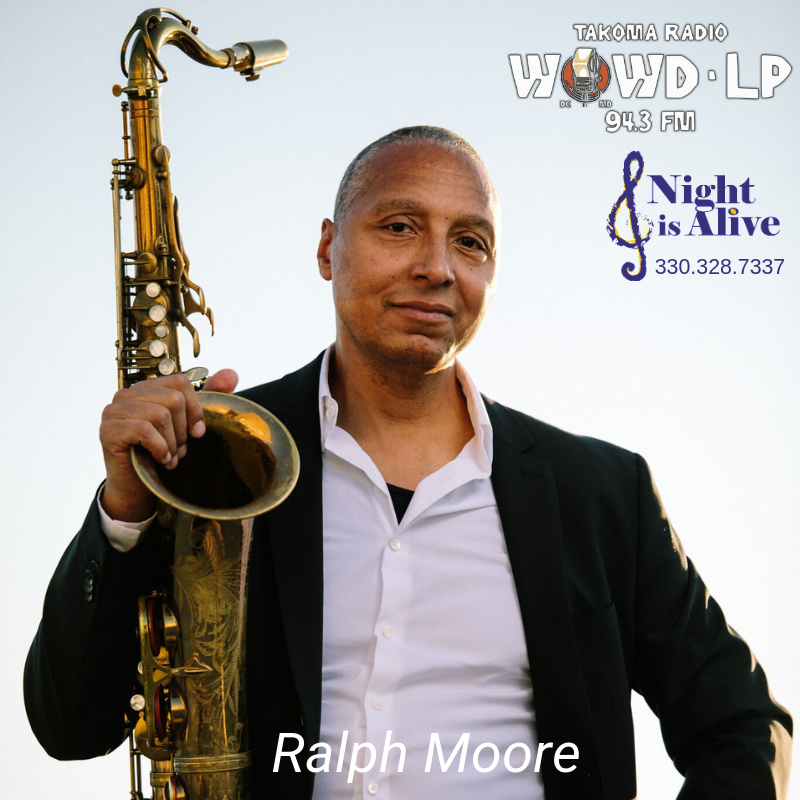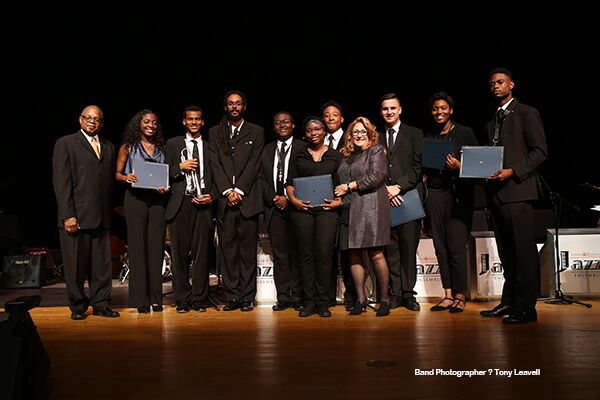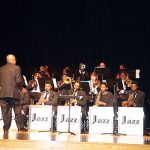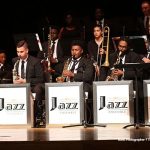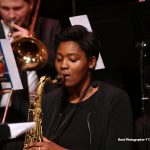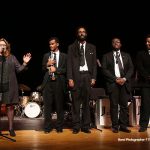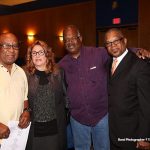Successful professional musicians have many things in common
1. They are confident and adventurous enough to dive into their music careers headfirst.
This applies to musicians playing in an orchestra or playing gigs on weekends. There are countless stories of musicians not having any alternate plans for success. You don’t have to sleep in a car for weeks to be successful, but the fact that you’d be willing to says it all
2. They don’t mind doing things in addition to performing to make their living.
Most musicians don’t sign record labels, ever. There are some that do and become very wealthy, but most do not. Many musicians become teachers of private students or even group workshops because they have bills to pay between performances. It’s always okay to dream big, but if the only reason you want to be a musician is because you think it will make you rich, you’ll quickly get weeded out of this business.
3. They have a patient, persistent can-do attitude.
This might be the most important out of the entire list. A music career does not appear overnight, and especially not one in any of the arts. Instead of becoming preoccupied with trying to get a “big break,” the most successful musicians focus on growing their careers gradually.
4. They’re willing to work very hard on their craft every day.
No matter which type of musician you want to be, it’s essential to practice your craft every day. By doing this, you will continue to improve while others stagnate, eventually being better than most others at what you do. It is a very competitive musical world, so it’s important to be on top of your game always and be consistently raising the bar for yourself. You will have to learn to really enjoy the process of improving and practicing as well. If you don’t want to put in time to practice, then you will never become a professional musician.
Whether you are a fan of Ralph Moore, Willie Jones III or Terell Stafford, professional musicians all share these traits. If you are interested in learning more about these successful musicians, feel free to contact Kathy Salem!

